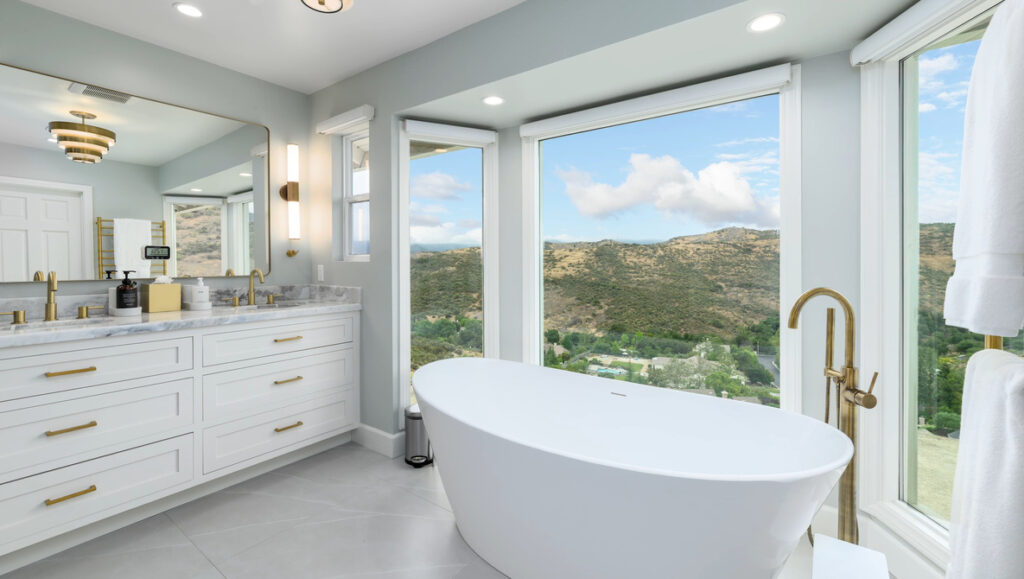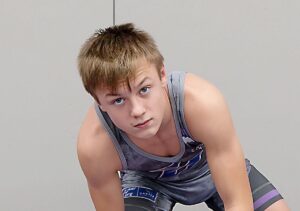
Real estate photography is crucial for showcasing properties effectively, and a new video by photographer Alex Cooke offers practical insights into improving composition. The video emphasizes that even high-quality equipment and lighting can fall short if the composition lacks strength. With a focus on guiding attention and enhancing the feel of a space, Cooke breaks down the components of effective composition into manageable steps.
Understanding Geometry and Visual Flow
The initial emphasis is on geometry, which is vital for creating a balanced image. Cooke suggests using a virtual horizon to ensure that vertical lines appear straight and the camera remains level. After establishing the geometry, the video shifts to visual flow, illustrating how structural lines can guide the viewer’s eye to important features, such as a kitchen range hood or a scenic window view.
Tonal flow is also essential, as it uses contrast and brightness to highlight key elements without overwhelming the viewer. By demonstrating these principles in a kitchen context, Cooke shows how leading lines can act as arrows, directing attention towards brighter areas that naturally attract the eye. Although the rule of thirds can help, it is secondary to establishing clear flow paths within the room. These foundational concepts are particularly beneficial when attempting to present a modest condo as intentional rather than cluttered.
Mastering Perspective Techniques
Next, Cooke introduces angular perspective as a reliable technique that typically captures two walls, effectively showcasing overall space. This approach is often easier to manage than a single point perspective, especially when paired with a wider view. However, one must be cautious of extension distortion, which can occur with lenses like the 18mm. If positioned too close, cabinets may appear exaggerated while sinks appear diminished. For a more natural representation of furniture, Cooke recommends using a focal length of 20mm or longer when possible.
When employing single point perspective, the camera is positioned perpendicularly to a wall, pointing straight into the space. This method adds symmetry and a refined feel to the image. Maintaining vertical and horizontal alignment is crucial, making this setup more demanding than the angled view. The resulting images can convey a polished aesthetic, particularly advantageous for design clients or in large living rooms and hallways.
Framing offers an innovative way to spark viewer curiosity. By shooting through doorways or architectural elements, one can hint at features before revealing the complete scene in subsequent images. While listing agents may prefer not to obscure square footage, design clients and luxury listings often appreciate this technique. Starting with a framed detail, such as pocket doors, followed by a single point view and a tighter feature shot can guide viewers deeper into the property. This sequence enhances perceived sophistication without requiring elaborate lighting or extensive editing.
To create a thoughtful shoot, Cooke recommends assembling a psychological flow. Begin with an angular perspective to provide context, then introduce a framing shot to preview a feature before full disclosure. Finally, anchor the presentation with a single point view to convey order and value, especially in upscale spaces. As time allows, incorporating subtle details or vignettes can transform the gallery from a mere map into a guided tour.
For a more comprehensive understanding, viewers can refer to the video produced by Cool. With practical steps to improve composition, Cooke’s insights aim to empower photographers to elevate their real estate work and create visually compelling narratives in every space.







